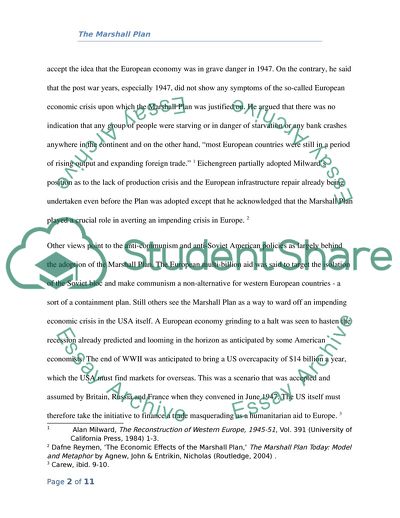Cite this document
(The Marshall Plan in the 1950s-1960s Report Example | Topics and Well Written Essays - 2500 words, n.d.)
The Marshall Plan in the 1950s-1960s Report Example | Topics and Well Written Essays - 2500 words. https://studentshare.org/history/1746069-how-did-the-marshall-plan-aid-long-term-growth-in-the-west-during-1950s-and-the-1960s
The Marshall Plan in the 1950s-1960s Report Example | Topics and Well Written Essays - 2500 words. https://studentshare.org/history/1746069-how-did-the-marshall-plan-aid-long-term-growth-in-the-west-during-1950s-and-the-1960s
(The Marshall Plan in the 1950s-1960s Report Example | Topics and Well Written Essays - 2500 Words)
The Marshall Plan in the 1950s-1960s Report Example | Topics and Well Written Essays - 2500 Words. https://studentshare.org/history/1746069-how-did-the-marshall-plan-aid-long-term-growth-in-the-west-during-1950s-and-the-1960s.
The Marshall Plan in the 1950s-1960s Report Example | Topics and Well Written Essays - 2500 Words. https://studentshare.org/history/1746069-how-did-the-marshall-plan-aid-long-term-growth-in-the-west-during-1950s-and-the-1960s.
“The Marshall Plan in the 1950s-1960s Report Example | Topics and Well Written Essays - 2500 Words”. https://studentshare.org/history/1746069-how-did-the-marshall-plan-aid-long-term-growth-in-the-west-during-1950s-and-the-1960s.


